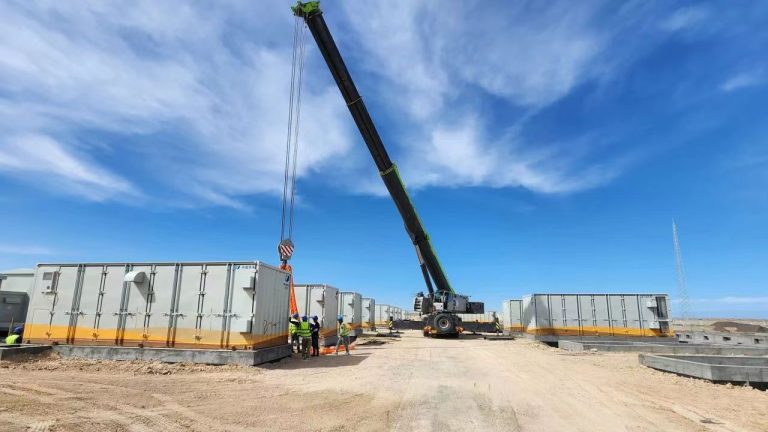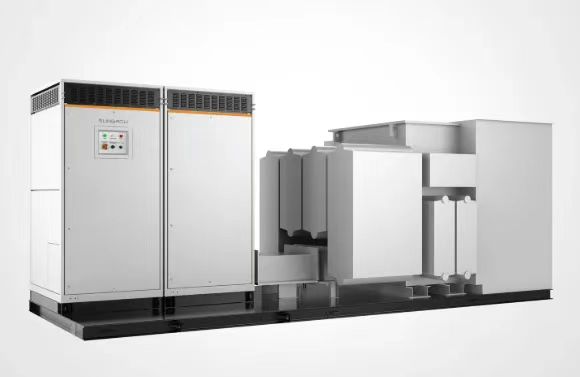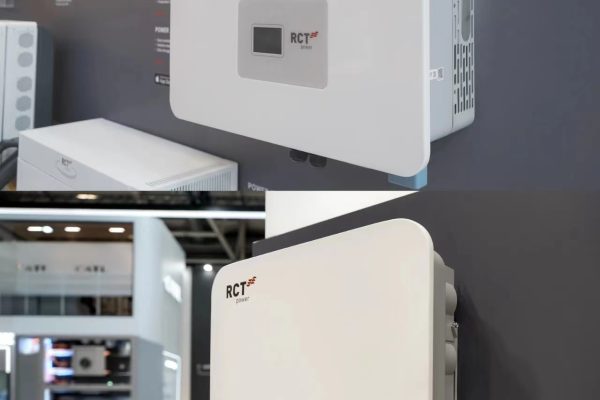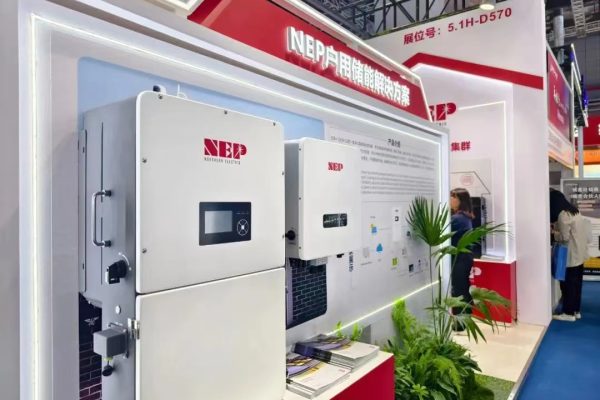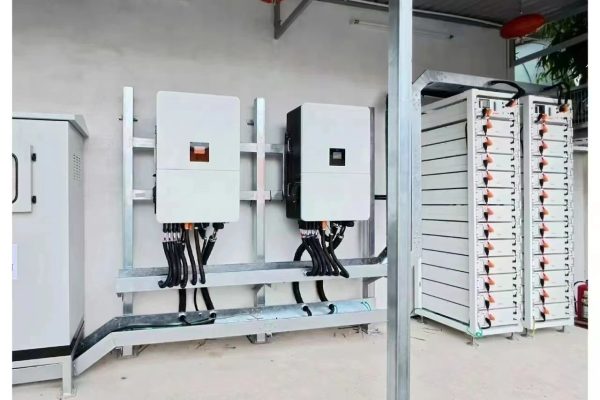Focusing on Practical Compatibility, Budget, and Use Case
1. Introduction
As energy storage gains popularity in residential and small commercial sectors, more customers are looking to add batteries to their PV systems. The storage inverter—which bridges solar input, battery energy, and grid or load output—is the central component in any ESS (Energy Storage System). Choosing the right inverter is critical to ensure the system is safe, reliable, and cost-effective.
This guide walks through how to select a suitable storage inverter for small-scale energy storage projects (typically under 100kW), especially from the perspective of technical trade partners serving installers, EPCs, or end users.
2. What Is a Storage Inverter?
A storage inverter (also known as a hybrid inverter or battery inverter) manages both:
- Solar power conversion (DC to AC)
- Battery charging and discharging
- Grid-tied and/or off-grid operation
- Load management and EMS functions
Depending on the project type, you may be choosing:
- A hybrid inverter (PV + battery in one unit)
- A standalone battery inverter (retrofit to existing PV)
- Or a bidirectional PCS (in C&I applications)
For most small-scale projects, hybrid inverters are preferred due to lower cost, simpler installation, and integrated control logic.
3. Key Factors to Consider
✅ 1. Power Rating (kW)
The inverter’s AC output must match the site load or grid capacity. Common ratings for small projects:
| Application | Typical Power Size |
|---|---|
| Homes | 3kW – 10kW |
| Small shops/offices | 10kW – 30kW |
| Farms or island resorts | 30kW – 60kW |
You should also ensure the PV input (DC) and battery power match accordingly.
✅ 2. Battery Compatibility
Check:
- Voltage range (e.g., 48V vs. 400V)
- Supported protocols (CAN/RS485, and which brands are compatible)
- Max charging/discharging current
💡 Tip: Some inverters offer pre-approved battery brands. If the project uses third-party lithium batteries, confirm firmware support and BMS matching.
✅ 3. Grid Support Functions
For grid-tied installations, the inverter should comply with local standards and support:
- Anti-islanding
- Power export control
- Time-of-use scheduling
- Grid-forming (in off-grid or weak grid areas)
In countries like Australia, South Africa, and parts of Europe, remote control and zero export functions are often required.
✅ 4. Off-grid and Backup Capability
If the client requires backup during outages or off-grid operation:
- Confirm the inverter has built-in EPS/backup port
- Check switching time (usually <20ms)
- Verify off-grid performance: max load, surge capacity, and generator support
Not all hybrid inverters perform well in off-grid mode. Some are grid-following only.
✅ 5. Monitoring and EMS Features
Modern inverters come with built-in monitoring, often cloud-based. Look for:
- Real-time monitoring (web + app)
- Remote firmware updates
- EMS-level functions: load priority, charge-discharge time setting, peak shaving
Make sure the monitoring system has multi-language support and a stable backend.
✅ 6. Brand, Certification, and Local Support
Ensure the inverter:
- Has CE, UL, or other required certifications for the target market
- Comes from a manufacturer with local service or remote support
- Is available with a reasonable lead time and warranty
In many small projects, reliability and after-sales service are more important than the lowest price.
4. Matching Inverter to Project Scenarios
🏡 Residential Use Case: 5kW Hybrid Inverter
- PV: 6kW
- Battery: 10–15kWh Li-ion
- Inverter: 48V hybrid inverter with UPS function
- Features: Backup output, app monitoring, 4–6 MPPTs
🏢 Small Commercial Shop: 20kW Hybrid Inverter
- PV: 25kW
- Battery: 40kWh high-voltage rack
- Inverter: 3-phase hybrid with high surge rating
- Features: Grid export limit, peak shaving
🏝️ Island or Rural Project: 30kW Off-grid Hybrid
- PV: 30–40kW
- Battery: 60–80kWh Li-ion cabinet
- Inverter: Off-grid type with generator port
- Features: Islanding mode, remote access, cabinet pre-integration
5. Add-On Services You Can Offer as a Trade Partner
Even if you don’t manufacture the inverter, you can win clients by offering:
- ✅ Matching battery suggestions
- ✅ System layout diagrams
- ✅ Pre-wiring cabinet options
- ✅ Quick reply on protocol compatibility
- ✅ Mixed container support (inverter + battery + accessories)
These extras save time and reduce client risk, which builds trust.
6. Recently Published Articles You May Like
- 👉 How to Build Trust as a Non-R&D Technical Partner
- 👉 PV System Design Considerations When Adding Storage
- 👉 System Layout: Rack, Container, Cabinet – What to Choose?
7. Conclusion
Selecting the right storage inverter is not just about finding a product—it’s about finding the right fit for the use case, battery, and site conditions. As a technical trade partner, your strength lies in helping the client avoid mismatches and delays, offering a solution that truly works, not just a spec sheet.
By combining basic technical understanding with quick matching support, you can build strong trust—even without being a manufacturer or R&D team.





